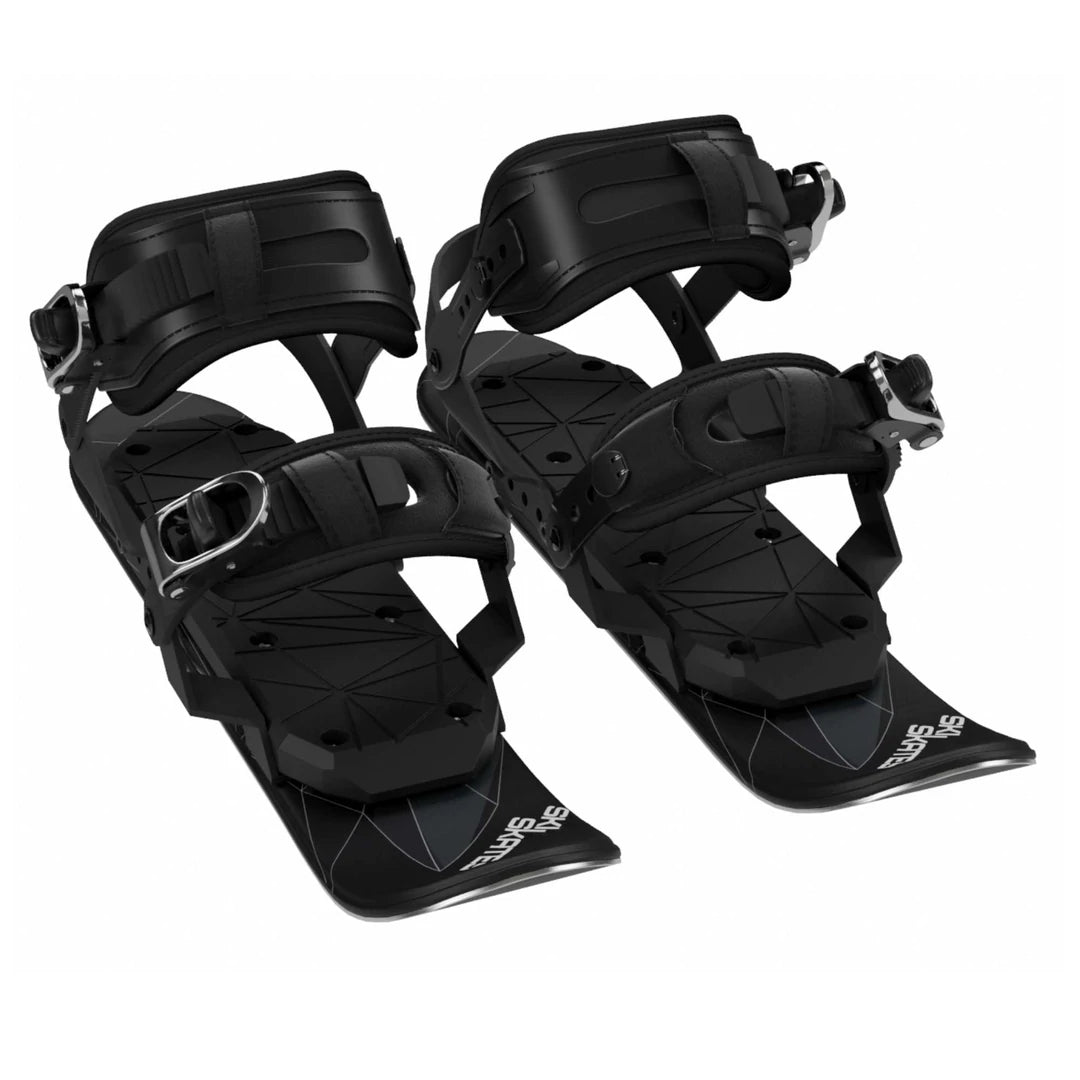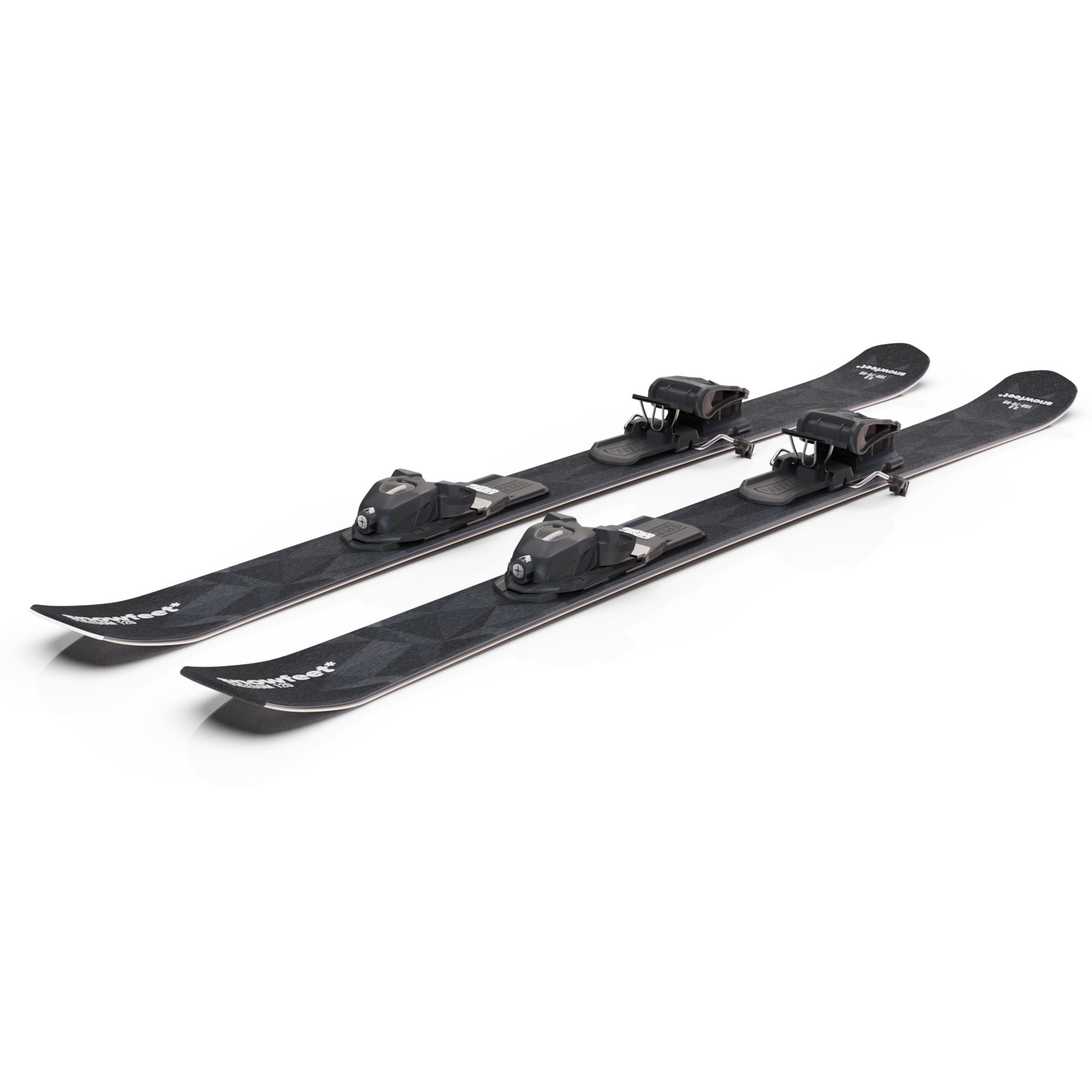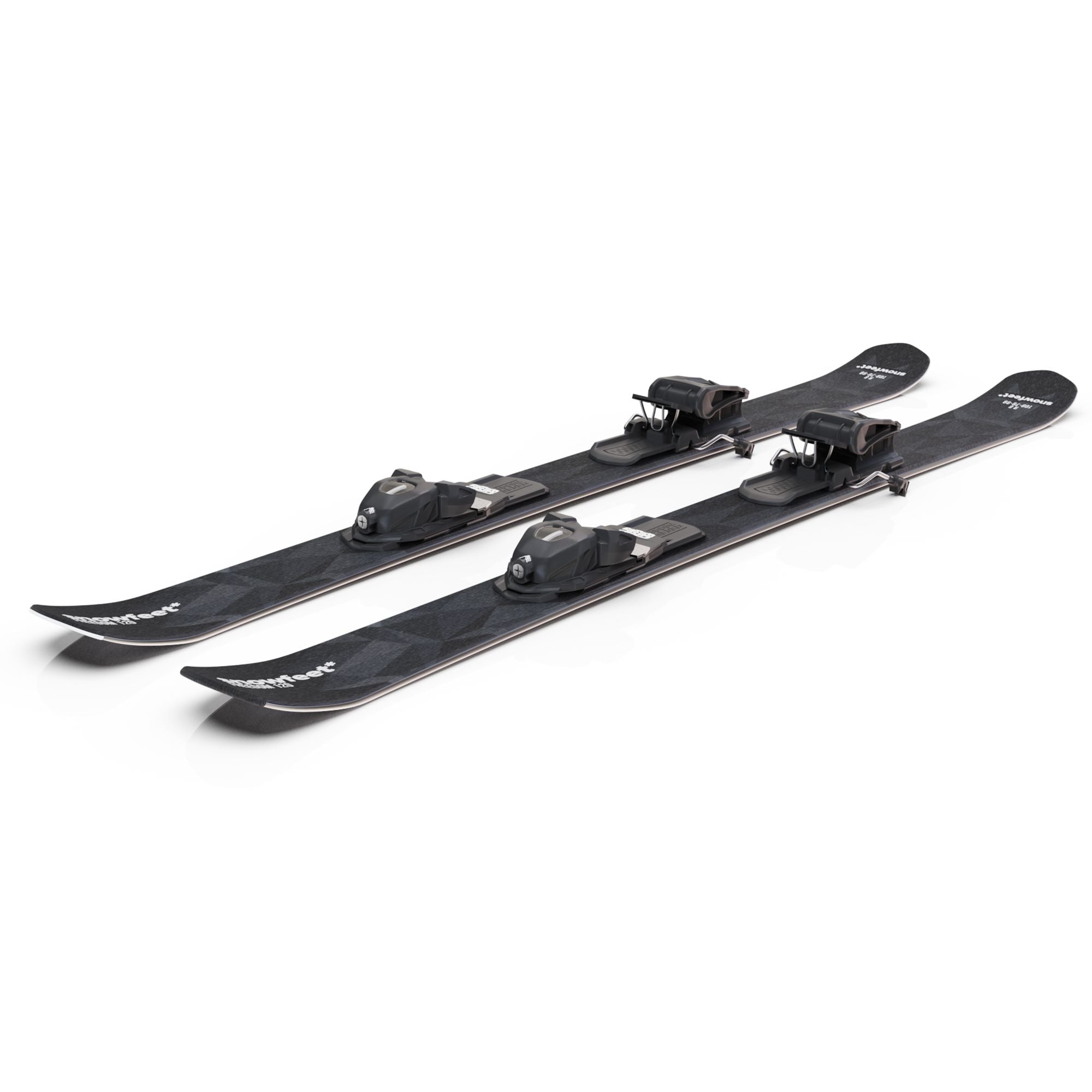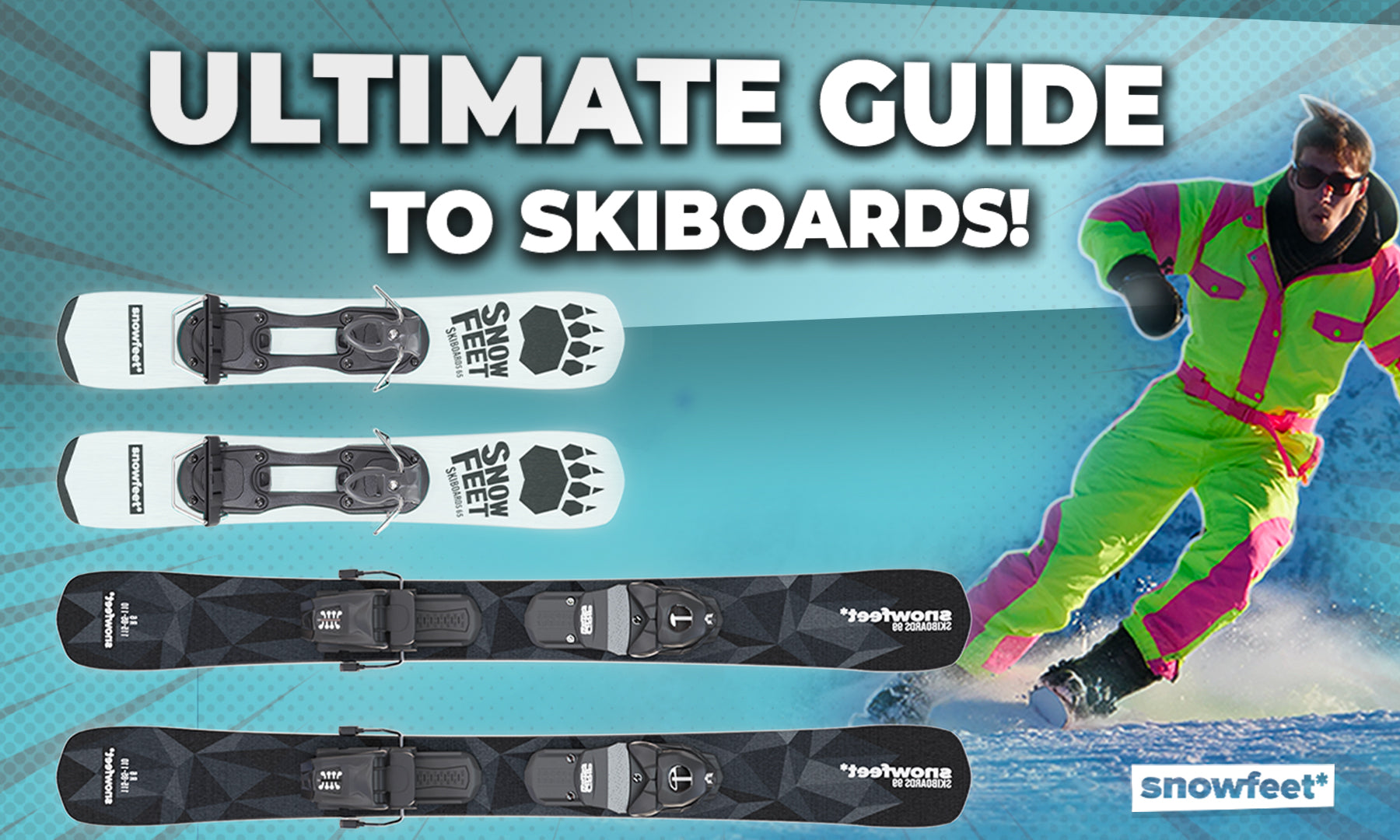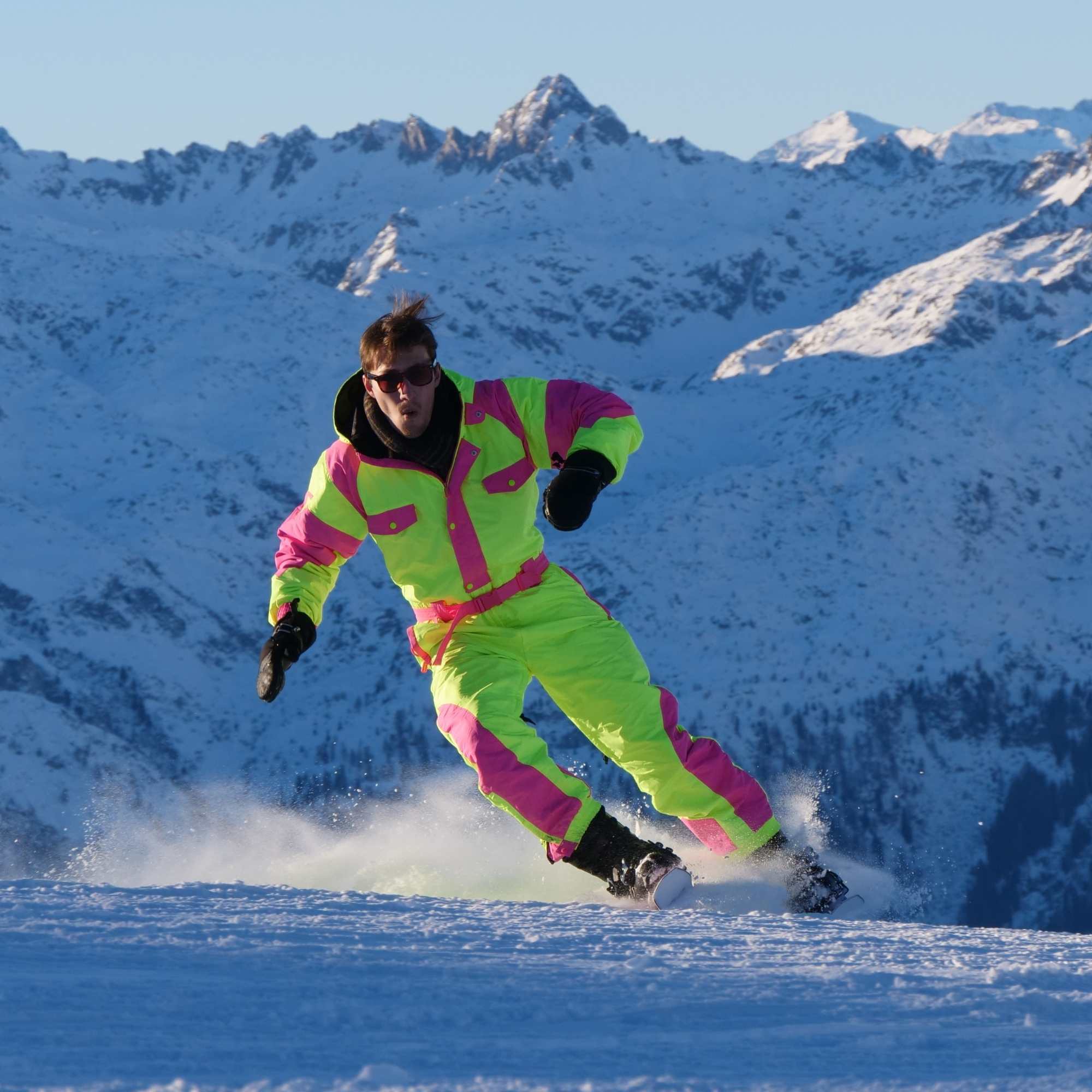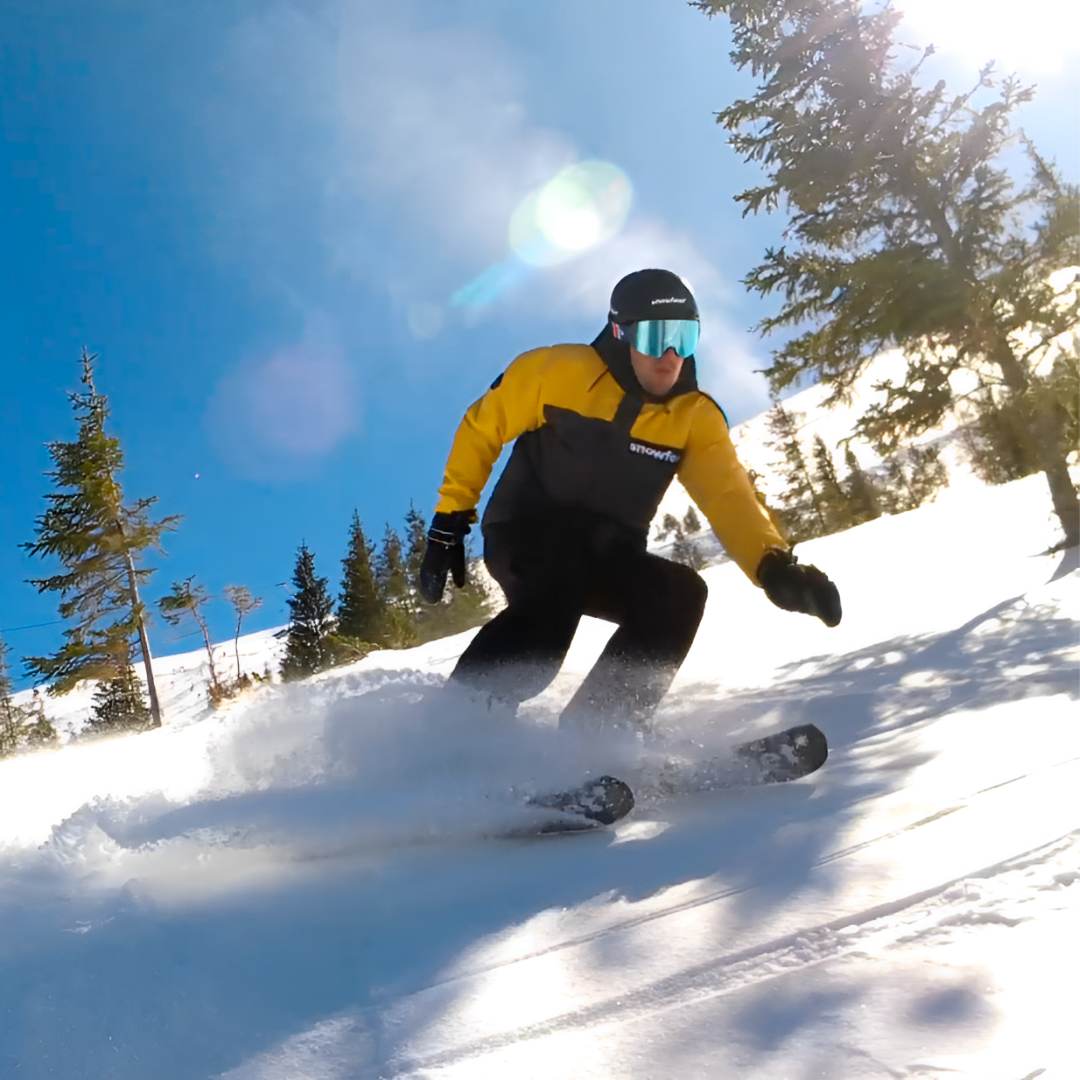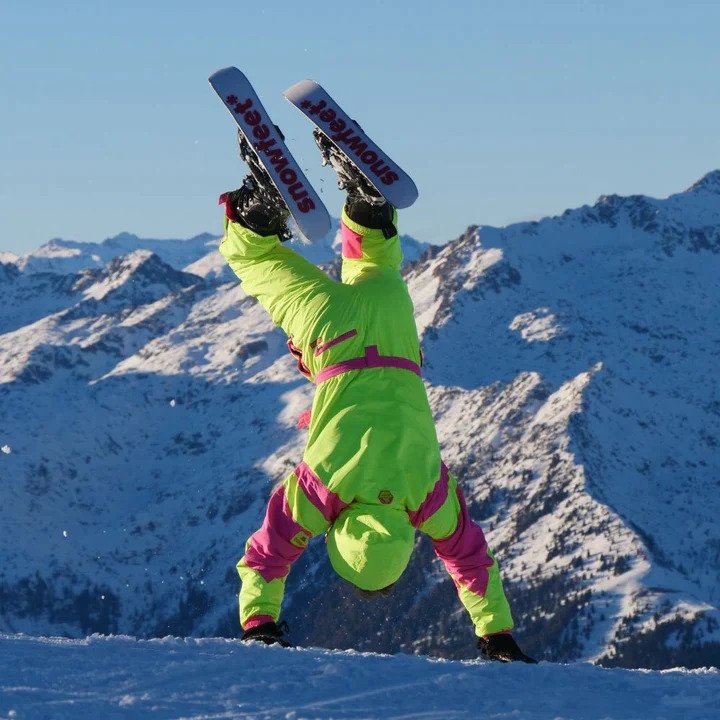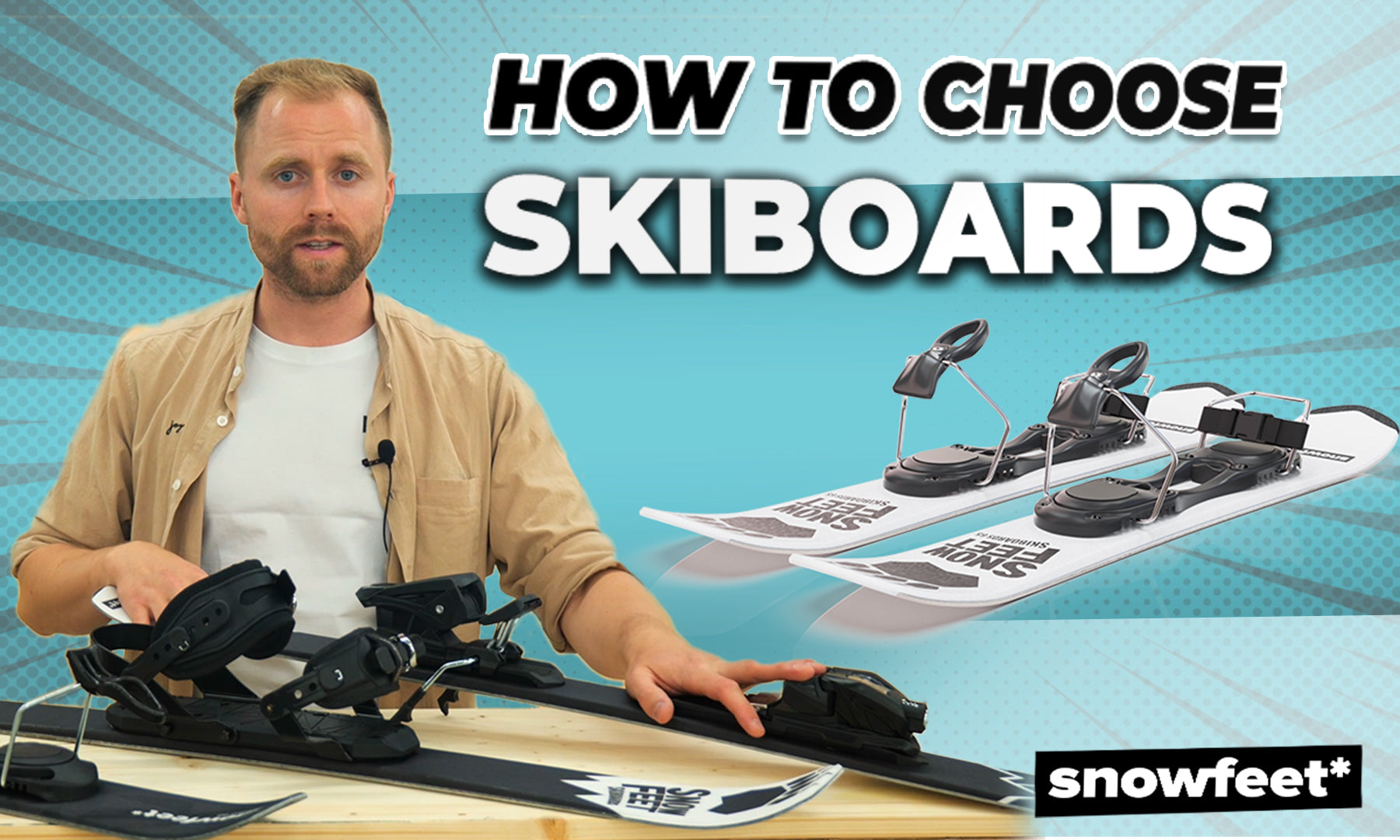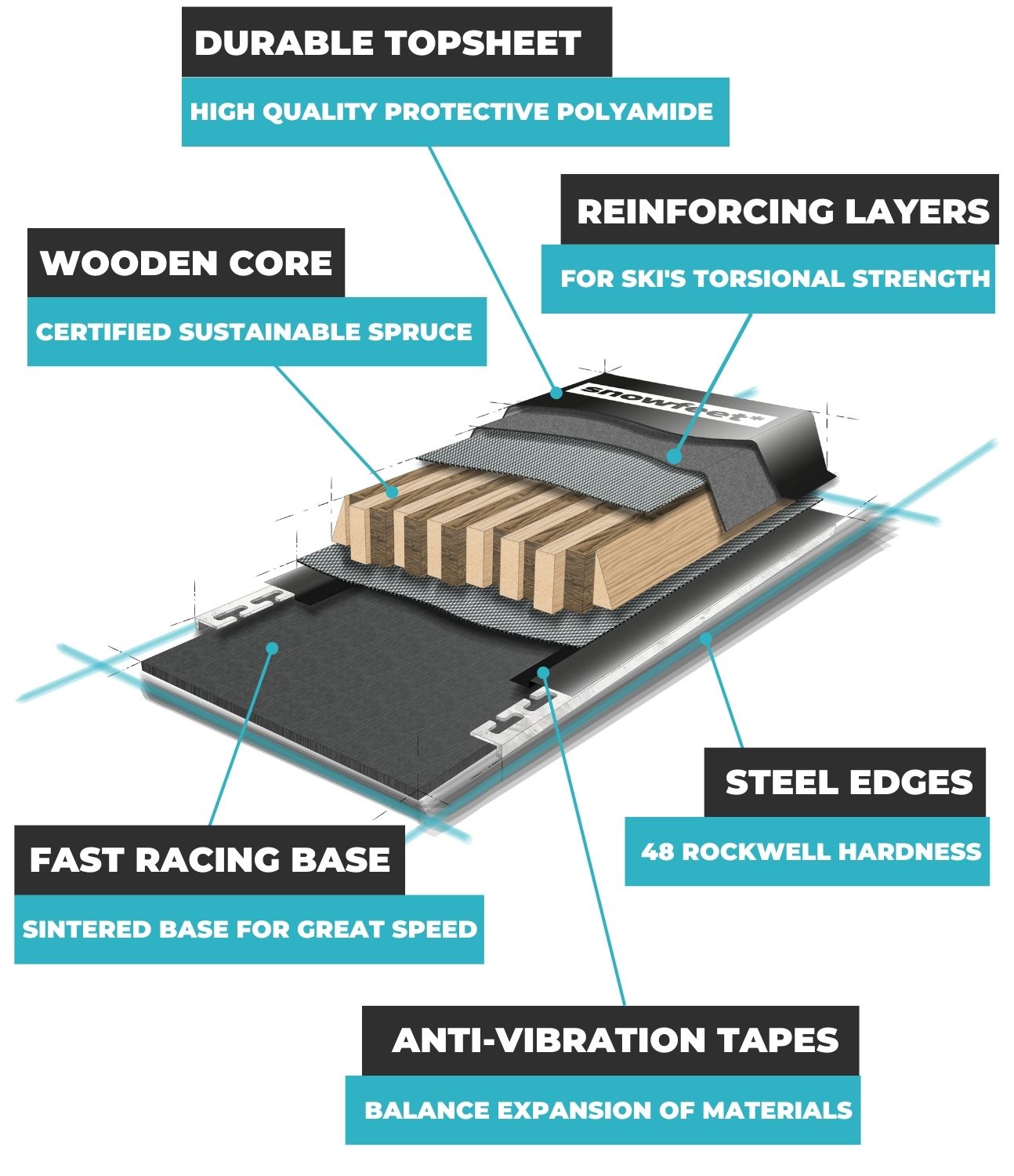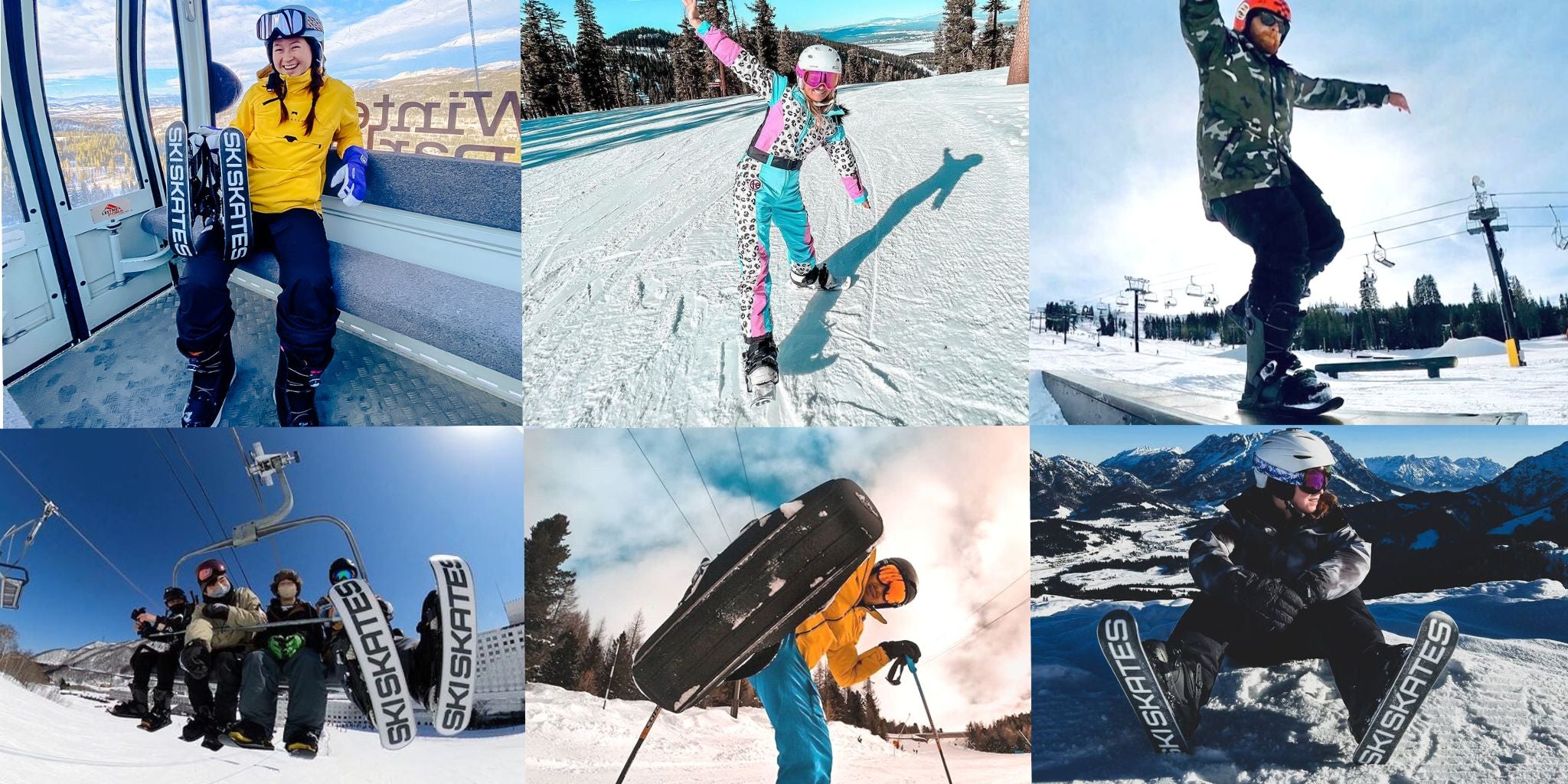Easier to Control: Shorter skis are often easier to maneuver and control, making them a good choice for beginners or those who prefer agility.
Quick Turns: Shorter skis can make quick turns easier, which can be advantageous in tight spaces or when skiing in crowded areas.
Lighter Weight: Shorter skis tend to be lighter, which can be beneficial for skiers who prioritize less weight for transportation or maneuverability.
Playfulness: Shorter skis can feel more playful and nimble, allowing for easier tricks, jumps, and playful skiing styles.




